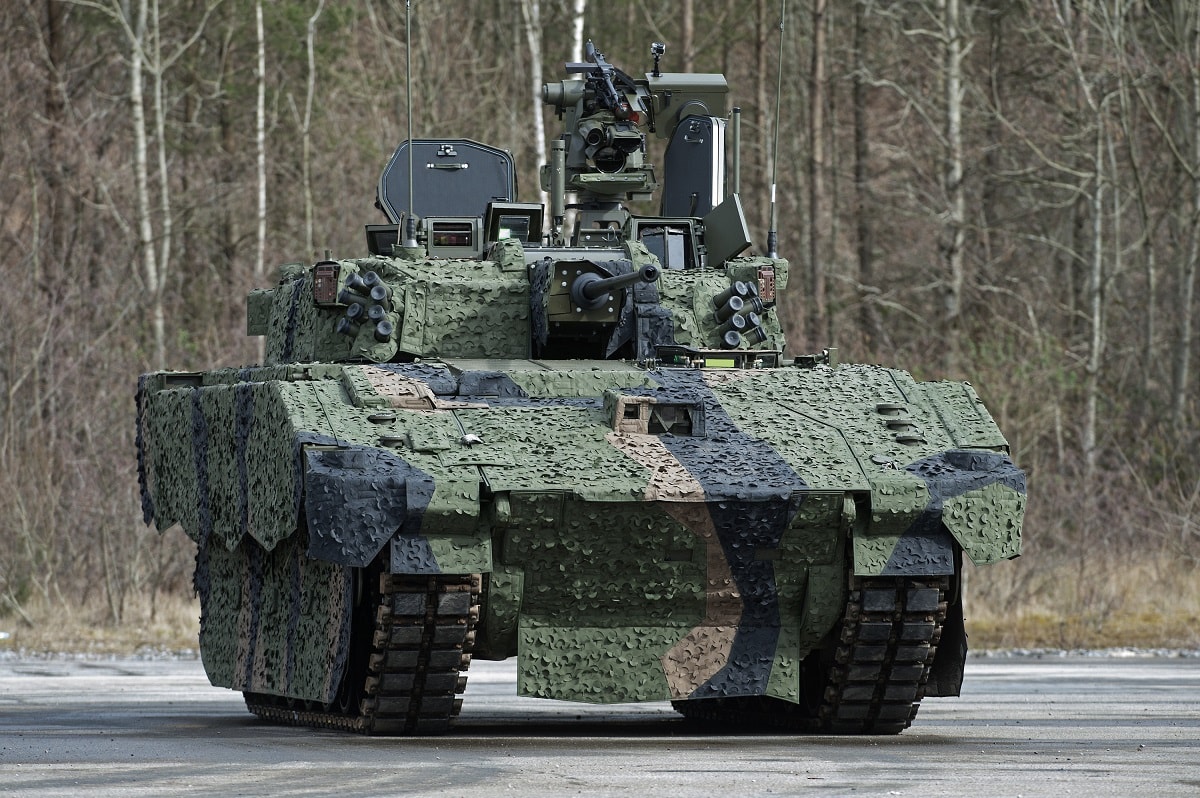Call consumer advocate and former presidential hopeful Ralph Nader. There is a new vehicle that is apparently “unsafe at any speed” and unlike the American automobiles of the 1960s, this one was designed with the protection of the occupants at the forefront. It is the British Army’s new Ajax armored vehicle, which is reportedly plagued by excessive vibration and noise and is unsafe to drive at speeds exceeding 20 miles per hour.
The problem has gotten so much attention that earlier this month the UK’s Ministry of Defence put the trials of the Ajax on hold. The Times of London, the UK newspaper of record, reported this week that MoD officials were first alerted to problems with its new light tanks program more than eleven months before it finally suspended training over fears that equipment was injuring troops.
The paper cited Jeremy Quin, the defense procurement minister, as saying that at the end of 2019 soldiers carried out pre-trial training on the Ajax and found then that there were anecdotal reports of vibration issues. Last July soldiers also reported noise problems, and in September a medical report even raised the possibility of injuries from the noise.
The MoD ordered a fleet of the General Dynamics UK-built vehicles in 2014 for £3.5 billion, and costs have increased since. It is now uncertain but increasingly unlikely the 589 vehicles ordered will arrive on time or anywhere close to budget.
An investigation by the government’s Infrastructure and Projects Authority said the “successful delivery of the programme to time, cost and quality appears to be unachievable,” the BBC reported.
However, the MoD and the British Army have said they remain committed to the flagship program, which was meant to provide the UK’s military forces with a “family” of modern tracked armored fighting vehicles (AFVs). The Ajax evolved from the ASCOD family of vehicles designed by Steyr-Daimler-Puch and General Dynamics in the 1990s and it was initially seen to be one of the most advanced AFVs in the world. However, it has suffered significant delays and setbacks during its decade-long development and is still a considerable way from ever seeing active duty.
To date only fourteen of the planned 589 Ajax AFVs have been delivered for trials. As noted, things didn’t go as planned, and the MoD had to halt the trials for four months following crew complaints that included temporary hearing loss and aching joints.
The BBC reported that as a result of the issues, during training the crews have had to observe strict health and safety restrictions, which included “limiting time in the platform to one hour 30 before a crew change or speed restrictions of 20mph” – less than half its top speed.
Given the issues, it isn’t clear if the Ajax will ever enter service, but right now it is going nowhere slowly and making a lot of noise in the process. Perhaps the UK should reconsider retiring its aging tanks. At least those won’t deafen the crews.
Peter Suciu is a Michigan-based writer who has contributed to more than four dozen magazines, newspapers and websites. He regularly writes about military small arms, and is the author of several books on military headgear including A Gallery of Military Headdress, which is available on Amazon.com.

